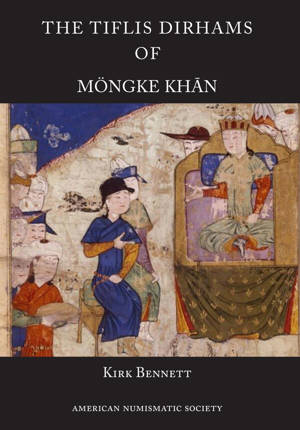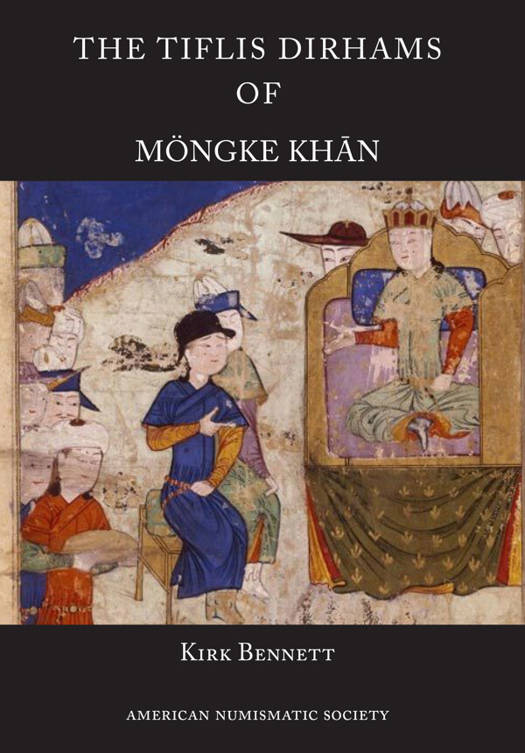
- Afhalen na 1 uur in een winkel met voorraad
- Gratis thuislevering in België vanaf € 30
- Ruim aanbod met 7 miljoen producten
- Afhalen na 1 uur in een winkel met voorraad
- Gratis thuislevering in België vanaf € 30
- Ruim aanbod met 7 miljoen producten
Zoeken
€ 81,62
+ 163 punten
Omschrijving
The dirhams of Mongke Khan represent the first major emission of silver coinage in Georgia following the Mongol conquest roughly a generation previously. Struck in the Georgian capital city of Tiflis (modern Tbilisi) from the middle of AH 652 to perhaps as late as the first month of AH 660 (AD 1254-1261), these coins circulated widely throughout the South Caucasus and adjacent areas. This coin type was the first in Georgia to provide a date formula with both the month and year of the Islamic calendar. The placement of the date formula in the four marginal segments of the reverse of the coin means that parts of it are often struck off the flan or effaced on individual specimens. The problem is compounded by poor Arabic calligraphy on many coins, leading to much confusion in the literature about the extant dates. However, using secondary design features such as the varying central obverse and reverse decorative elements, this book creates a systematic framework for dating these dirhams, identifying previously unpublished dates and varieties in the process. The first in-depth monograph on this popular and historically important coin series, this book will be a valuable resource for both scholars and collectors interested in Georgian, Mongol, and Islamic numismatics.
Specificaties
Betrokkenen
- Auteur(s):
- Uitgeverij:
Inhoud
- Aantal bladzijden:
- 188
- Taal:
- Engels
- Reeks:
Eigenschappen
- Productcode (EAN):
- 9780897223652
- Verschijningsdatum:
- 4/06/2020
- Uitvoering:
- Hardcover
- Formaat:
- Genaaid
- Afmetingen:
- 157 mm x 231 mm
- Gewicht:
- 725 g

Alleen bij Standaard Boekhandel
+ 163 punten op je klantenkaart van Standaard Boekhandel
Beoordelingen
We publiceren alleen reviews die voldoen aan de voorwaarden voor reviews. Bekijk onze voorwaarden voor reviews.








